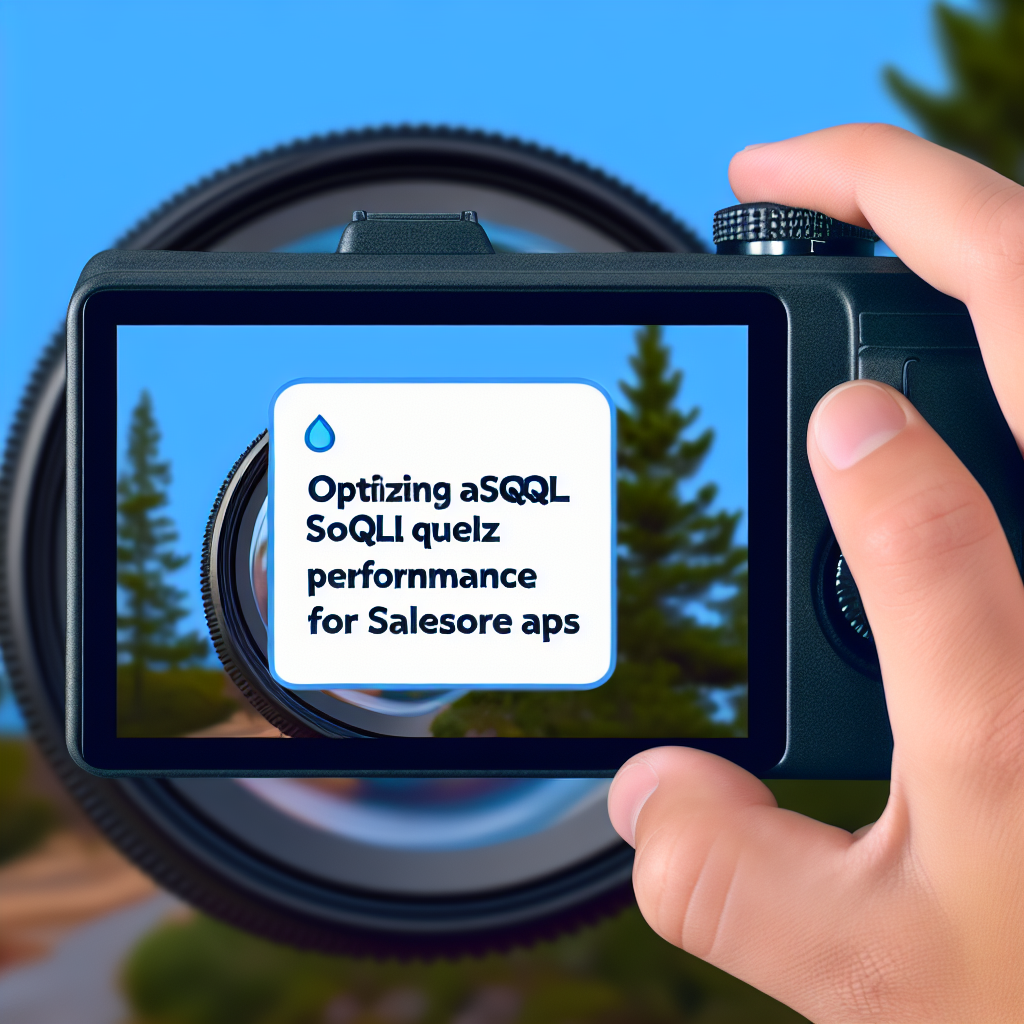Optimizing SOQL query performance is essential for Salesforce developers and administrators striving for faster data retrieval and efficient resource management. In this article, we will explore practical tips and tricks to enhance your SOQL queries, reduce governor limits issues, and improve overall application responsiveness. Mastering these techniques ensures your Salesforce apps run smoothly even with large data volumes.
Understanding the Foundations of SOQL Performance
Before diving into optimization techniques, it’s vital to understand what impacts SOQL query performance. Factors such as data volume, query complexity, and index utilization play critical roles. Excessively broad queries that retrieve unnecessary fields or records can quickly exhaust your governor limits and slow down your application. Therefore, knowing how Salesforce handles query execution helps in designing more efficient queries.
One of the initial steps towards improving performance is to ensure your queries are selective. Salesforce enforces strict limits on the number of records returned and the amount of CPU time consumed. Using selective filters and understanding indexed fields are key to writing fast, efficient queries. For example, filtering by an indexed field like Id or External ID can dramatically reduce query runtime and resource consumption.
Best Practices and Techniques to Boost SOQL Query Efficiency
Application of specific techniques can significantly improve SOQL query performance:
- Use Indexes Wisely: Make sure your filters leverage indexed fields, such as External IDs or primary keys. Salesforce automatically indexes primary keys and foreign keys, but custom indexes can be created on selective fields to optimize complex queries.
- Limit Fields to Only What You Need: Avoid SELECT * and specify only the necessary fields. Retrieving large datasets with unnecessary fields increases query time and consumption of bandwidth.
- Implement Pagination and Batch Processing: When dealing with large data sets, use LIMIT and OFFSET or batches to retrieve data in manageable chunks. This approach reduces governor limit hits and improves user experience.
- Utilize SOQL For Loops in Apex: When processing large datasets, use for loops with queryLocator to process record batches efficiently, preventing heap size errors and governor limit issues.
- Optimize WHERE Clauses: Use precise filter conditions and avoid OR conditions that hamper index usage. Combining filters carefully can help ensure queries are as selective as possible.
Furthermore, consider leveraging query plan analysis tools such as Salesforce’s Query Plan tool to identify bottlenecks and optimize index usage further. Consistently testing queries with different filter conditions will help identify the most performant configurations for your data model.
In conclusion, mastering SOQL query performance involves understanding underlying factors like data volume, field indexes, and query complexity. Applying best practices such as selective filters, limiting fields, and batching results can make your queries faster and more efficient. By adopting these techniques, you will significantly improve your Salesforce application’s responsiveness and scalability.
